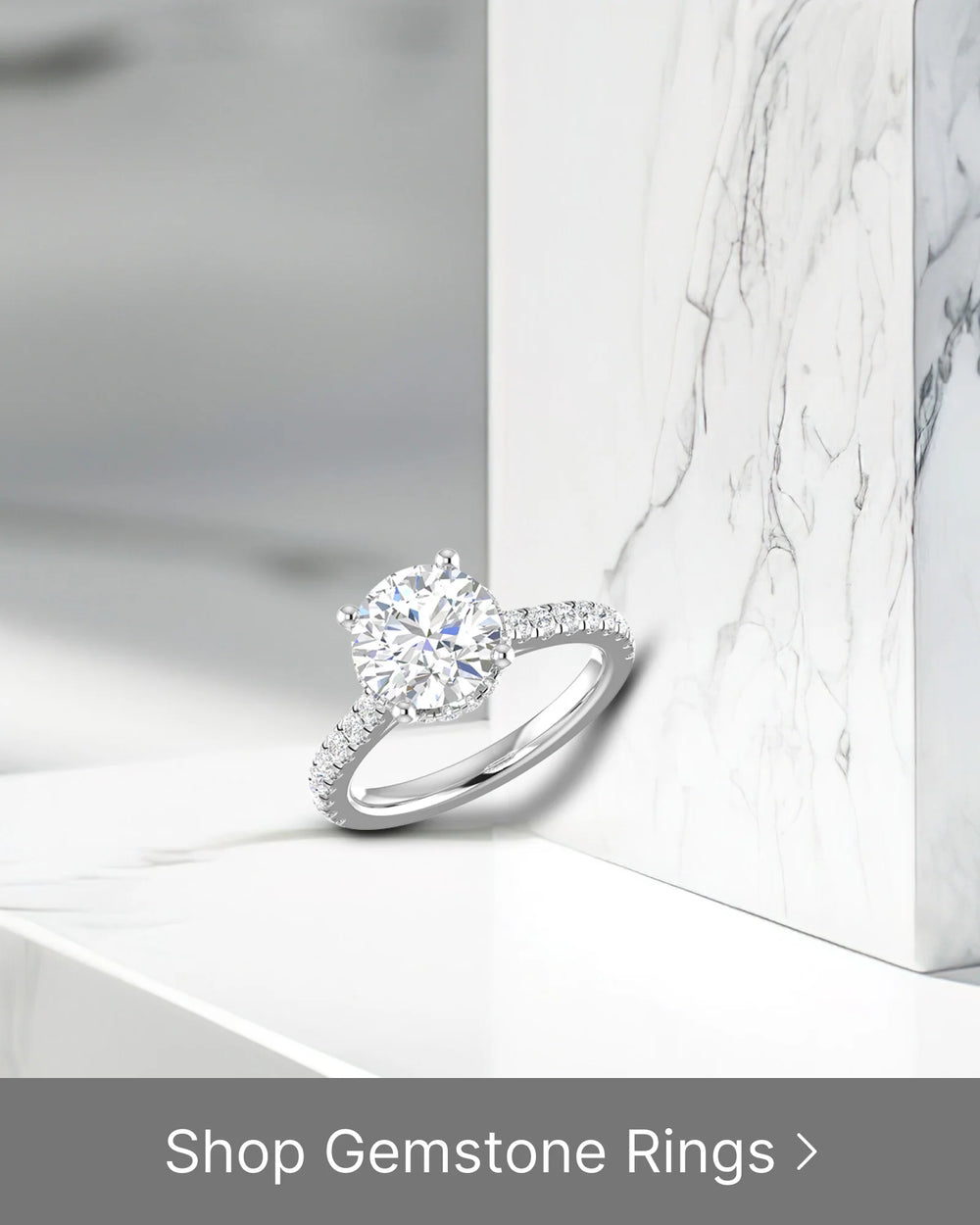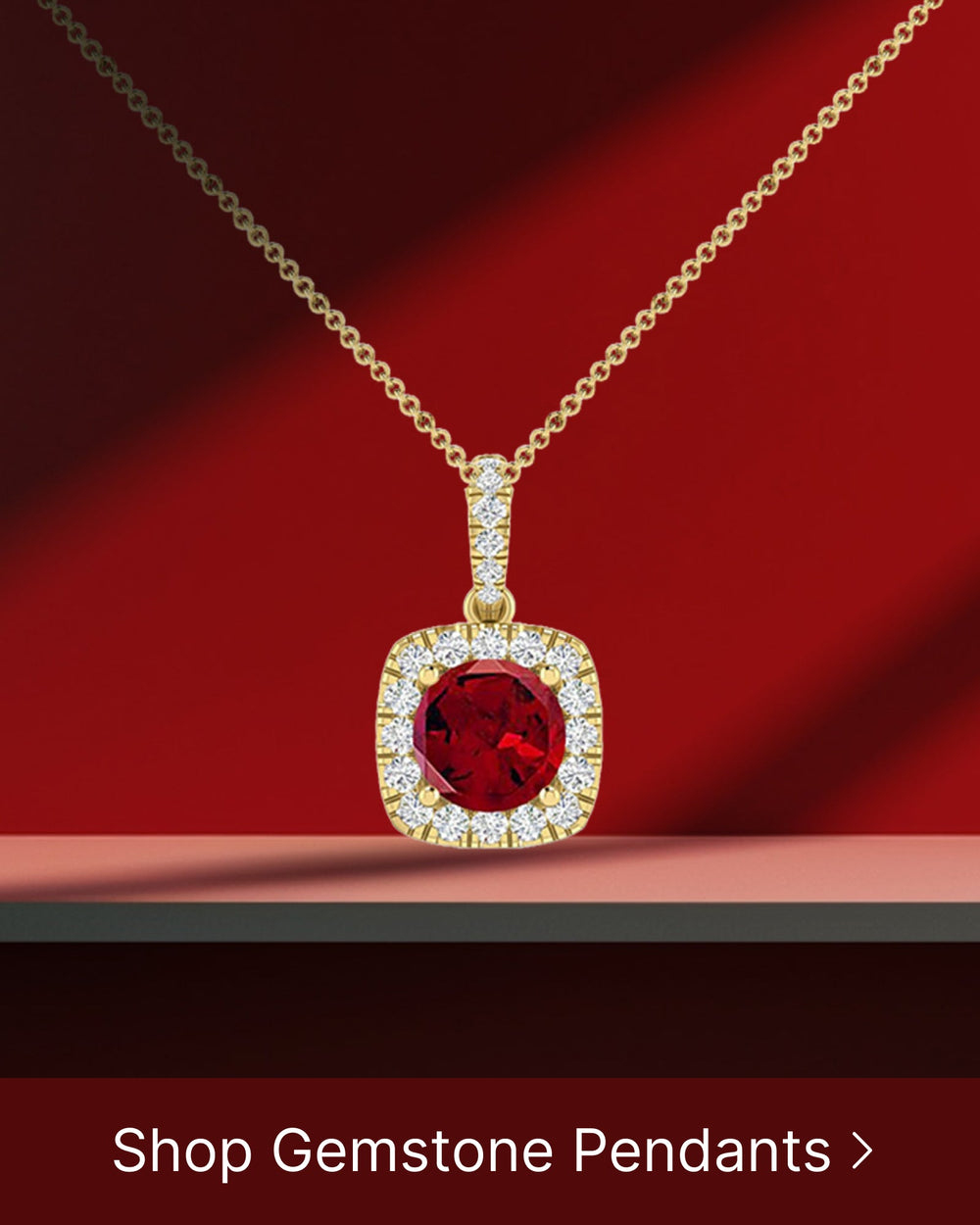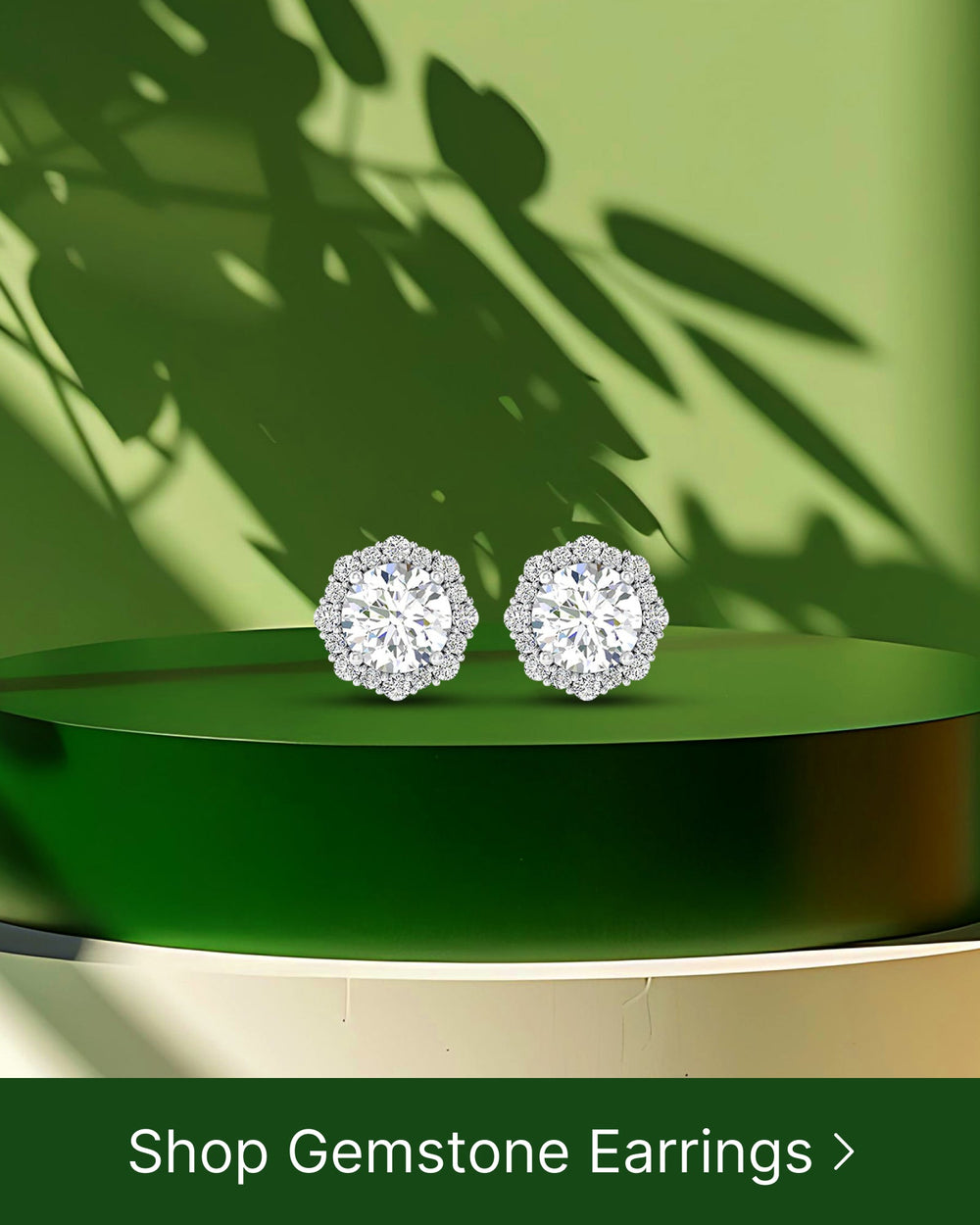Pearls are known for their exquisite beauty and unique luster. While traditional white pearls are the most common and widely recognized, there are also a variety of uncommon pearl colors that offer a captivating alternative. In this article, we will delve into the realm of uncommon pearl colors, exploring their rarity, beauty, and how to care for them.
Understanding Pearl Colors
Before we dive into the realm of uncommon pearl colors, it's essential to have a basic understanding of pearl colors. The color of a pearl is influenced by a combination of factors, including the type of mollusk that produces it and the environment it grows in. Let's explore the science behind pearl colors and the spectrum of colors they can display.
When it comes to pearls, their colors are not just a matter of aesthetics but also a result of fascinating scientific processes. The science behind pearl colors lies in the interference and reflection of light as it passes through the layers of nacre. Nacre is a remarkable substance secreted by mollusks, consisting of aragonite and organic substances. It is the layers of nacre that give pearls their iridescent appearance and contribute to their captivating colors.
The thickness and arrangement of these nacre layers play a crucial role in determining the colors seen in pearls. As light enters the layers, it undergoes diffraction and interference, resulting in a play of colors that can range from subtle to vibrant. This phenomenon is similar to the way light interacts with a thin film of oil on water, creating a mesmerizing display of hues.
The Spectrum of Pearl Colors
Pearls can exhibit a wide range of colors, each with its own unique charm and allure. The most common pearl colors include white, cream, pink, lavender, gold, silver, and black. These classic colors have been cherished for centuries and continue to be popular choices for pearl jewelry.
White pearls, with their timeless elegance, are often associated with purity and sophistication. Cream pearls, on the other hand, exude warmth and a hint of luxury. Pink pearls, ranging from delicate blush tones to vibrant rose hues, add a touch of femininity and romance to any piece of jewelry.
Lavender pearls, with their soft purple undertones, offer a sense of tranquility and grace. Gold pearls, with their warm and lustrous glow, evoke a sense of opulence and glamour. Silver pearls, with their cool and shimmering appearance, exude a modern and sophisticated vibe.
Black pearls, also known as Tahitian pearls, are revered for their rarity and exotic beauty. These pearls display a range of dark hues, from charcoal gray to deep black, often with iridescent overtones of green, blue, or purple. Their mysterious allure has captivated the hearts of pearl enthusiasts around the world.
While the classic pearl colors are undeniably stunning, it's the uncommon pearl colors that truly stand out and capture our attention. These rare and extraordinary colors push the boundaries of what we traditionally associate with pearls, making them even more intriguing and desirable.
The Rarity of Uncommon Pearl Colors
Uncommon pearl colors are highly sought after for their exclusivity and distinctiveness. The rarity of these colors contributes to their allure and value. Let's explore the factors that influence the rarity of uncommon pearl colors and delve into the intrinsic value they hold.
Factors Influencing Pearl Color Rarity
There are several factors that influence the rarity of uncommon pearl colors. One primary factor is the type of mollusk that produces the pearl. Different mollusks have varying genetic traits, which result in different color variations. For example, the Tahitian black pearl, also known as the "Queen of Pearls," is produced by the black-lipped oyster. This oyster species is found in the pristine waters of French Polynesia and is known for its ability to produce pearls in a range of dark and exotic colors.
Another factor is the environment in which the mollusk lives, including water temperature, quality, and nutrient availability. These environmental factors play a crucial role in determining the color of the pearl. For instance, the warm waters of the South Seas are known for producing golden pearls. The unique combination of temperature and nutrient-rich waters creates the perfect conditions for the formation of these rare and stunning pearls.
Furthermore, the rarity of uncommon pearl colors can also be influenced by external factors such as pollution and climate change. As the world's oceans face increasing threats from human activities, the habitats of mollusks are being disrupted, leading to a decline in the production of certain pearl colors. This further enhances the exclusivity and value of these rare pearls.
The Value of Rare Pearl Colors
Rare pearl colors hold significant value in the world of jewelry. Due to their scarcity, uncommon colors like black, golden, and blue pearls are highly sought after by collectors and enthusiasts. The uniqueness and exclusivity of these pearls add a touch of elegance and sophistication to any piece of jewelry they adorn, making them truly precious.
Black pearls, with their mysterious and captivating allure, are particularly prized. They are often associated with luxury and are considered a symbol of power and prestige. The deep, lustrous black color of these pearls is a result of the oyster's natural pigmentation, making each pearl a one-of-a-kind masterpiece.
Golden pearls, on the other hand, exude a warm and radiant glow. Their captivating color is a result of the oyster's ability to deposit a golden-hued substance called conchiolin, which gives the pearls their distinctive hue. The rarity of golden pearls, coupled with their stunning beauty, makes them highly coveted by jewelry connoisseurs.
Blue pearls, although less commonly found, are equally enchanting. Their ethereal blue color is a result of the mollusk's ability to absorb trace elements of copper and cobalt from its environment. The mesmerizing shades of blue found in these pearls range from pale aqua to deep sapphire, creating a sense of tranquility and serenity.
In conclusion, the rarity of uncommon pearl colors is influenced by various factors such as the type of mollusk, environmental conditions, and external factors like pollution. These rare pearl colors hold immense value in the world of jewelry, symbolizing elegance, sophistication, and exclusivity. Whether it's the alluring black, radiant golden, or enchanting blue, each uncommon pearl color tells a unique story, making it a treasure to behold.
Exploring the Most Uncommon Pearl Colors
Now that we've grasped the rarity and value of uncommon pearl colors, let's dive deeper into some of the most captivating and uncommon pearl colors available:
Black Pearls: A Mysterious Beauty
Black pearls, also known as Tahitian pearls, are renowned for their deep, dark hues. These pearls possess a captivating mystery and alluring elegance that make them highly coveted. The unique coloring is a result of the black-lipped oyster, which produces these exceptional pearls.
Golden Pearls: The Luxurious Rarity
Golden pearls, known for their warm and lustrous hues, are considered a true luxury. These pearls are incredibly rare and are often associated with wealth and opulence. The golden color is attributed to the golden-lipped oyster, a species that produces these remarkable pearls.
Blue Pearls: The Ocean's Secret
Blue pearls, representing the mesmerizing depths of the ocean, hold an air of mystery and tranquility. These pearls display stunning blue shades, ranging from pale aqua to deep navy, which evoke a sense of serenity and peace. The blue color is a result of certain mollusks' ability to absorb and reflect blue light.
Caring for Uncommon Pearl Colors
Proper care and maintenance are essential to preserve the beauty and luster of uncommon pearl colors. Here are some tips to keep your pearls looking their best:
Cleaning and Maintenance Tips
When cleaning pearls, it's important to use gentle methods to avoid damaging their delicate surfaces. Wipe them clean with a soft, damp cloth after each wear and avoid exposing them to harsh chemicals or abrasive materials. Periodically, you can also wash them with mild soapy water and rinse thoroughly before patting them dry.
Proper Storage for Color Preservation
To maintain the vibrant colors of uncommon pearls, proper storage is crucial. Keep them separate from other jewelry to prevent scratches and store them in a soft pouch or lined jewelry box. Additionally, humidity can affect pearl color, so it's advisable to store them in a dry environment away from extreme temperatures and direct sunlight.
Buying Uncommon Pearl Colors
Now that you're well-versed in the world of uncommon pearl colors, you may be eager to add these exquisite gems to your jewelry collection. However, it's essential to ensure the authenticity and quality of your purchase. Here are some tips for buying uncommon pearl colors:
Authenticating Uncommon Pearl Colors
When buying uncommon pearl colors, it's crucial to verify their authenticity. Seek reputable jewelers and ask for a certification that confirms the type of pearl and its color. This will ensure that you're investing in a genuine and high-quality piece of jewelry.
Investing in Rare Pearl Jewelry
Uncommon pearl colors hold both aesthetic and investment value. Due to their rarity, these pearls can become valuable assets over time. When purchasing rare pearl jewelry, consider the craftsmanship, design, and overall quality to make a wise investment that you can cherish for years to come.
As we conclude our exploration of uncommon pearl colors, we've discovered the enchanting beauty and allure they hold. Whether it's the mysterious depths of black pearls, the lavish elegance of golden pearls, or the serene tranquility of blue pearls, these uncommon colors offer a world of fascination and sophistication. By understanding their rarity, caring for them properly, and making informed purchases, you can embark on a journey to embrace the mesmerizing world of uncommon pearl colors.





